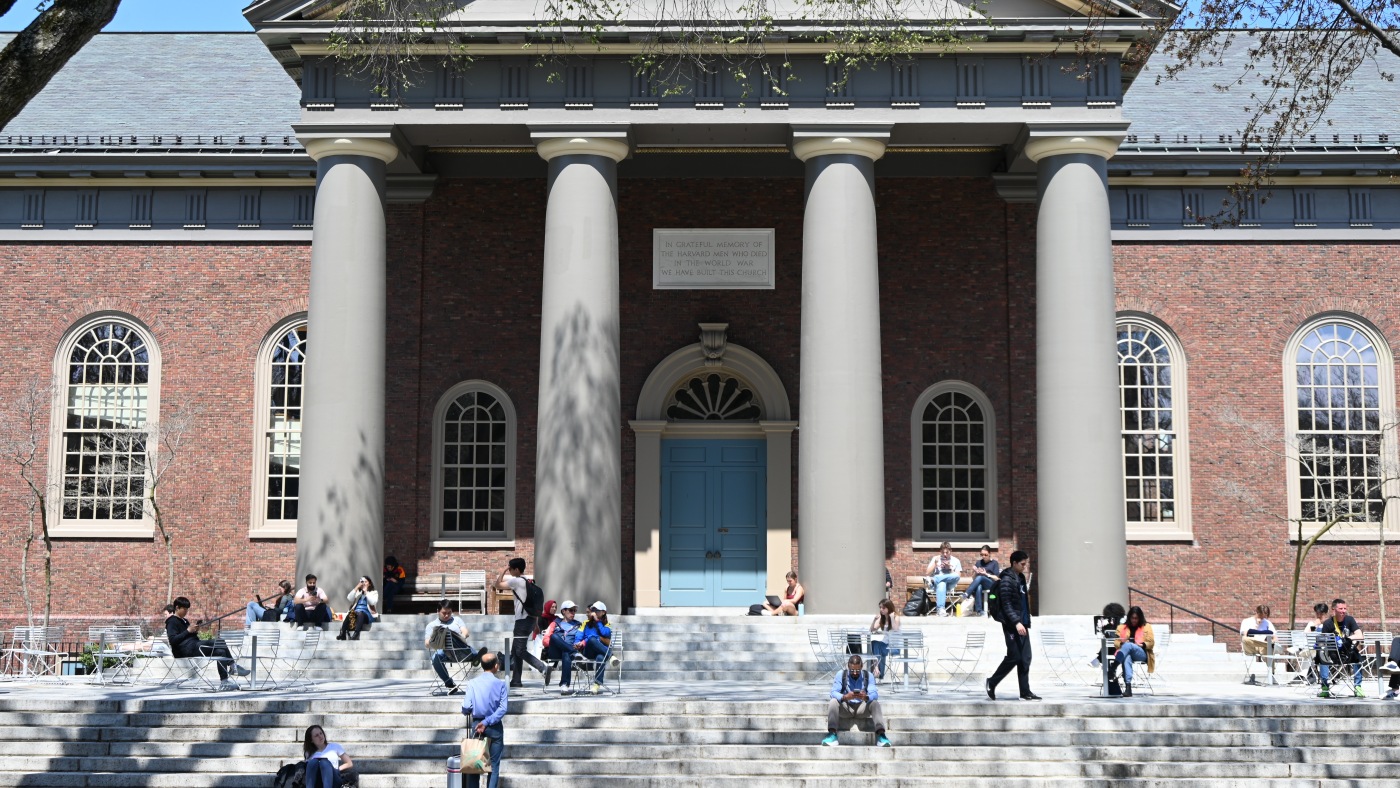The Evolving Role of Philanthropy in a Shifting Funding Landscape
Introduction: A Critical Juncture for Funding
As government aid contracts, organizations across sectors—education, healthcare, environmental protection, and international development—face an urgent question: Can philanthropy bridge the widening funding gap? The answer is nuanced. While private giving offers agility and innovation, it cannot fully replace the scale, stability, or equity of public funding. This analysis explores philanthropy’s potential, its limitations, and the imperative for collaboration in an era of fiscal austerity.
—
1. The Retreat of Government Support
Federal funding cuts under recent administrations have created seismic shifts. In April 2024 alone, over $2.2 billion in grants and $60 million in contracts were frozen, leaving universities, nonprofits, and research institutions scrambling. Public health programs, climate initiatives, and foreign aid have been particularly hard-hit, forcing these sectors to seek alternatives.
Key Implications:
– Unstable Foundations: Government programs traditionally provide predictable, large-scale funding. Their withdrawal disrupts long-term planning.
– Equity Gaps: Public funding often prioritizes underserved communities. Philanthropy, by contrast, may follow donor preferences, risking uneven distribution.
—
2. Philanthropy’s Promise: Flexibility and Innovation
Private philanthropy excels where governments lag—testing bold ideas, funding niche projects, and responding swiftly to crises. The Wellcome Trust, for example, has filled critical gaps in global health research. Universities, too, increasingly rely on donors to offset lost federal grants.
Strengths of Private Giving:
– Targeted Impact: Donors can address specific needs, like scholarships or community health initiatives.
– Risk-Taking: Philanthropy funds experimental projects governments might avoid, such as cutting-edge medical trials.
Case in Point:
When the Trump administration suspended foreign aid contracts, nonprofits turned to private donors. While some secured stopgap funding, others struggled with donor stipulations that misaligned with their missions.
—
3. The Limits of Philanthropy
Despite its advantages, philanthropy cannot replicate government’s role.
Structural Challenges:
– Scale: U.S. foundations hold $1.5 trillion—a fraction of federal budgets. Even doubling charitable giving wouldn’t cover annual education or healthcare shortfalls.
– Unpredictability: Donor priorities shift; endowments fluctuate with markets. Nonprofits can’t rely on this volatility for core operations.
– Equity Concerns: Wealthy donors often favor prestigious institutions (e.g., Ivy League schools), leaving smaller organizations underfunded.
Expert Insight:
Economists argue that philanthropy, while vital, is a “patch, not a foundation.” The 2024 foreign aid freeze revealed how quickly private dollars were outpaced by need.
—
4. Sector-Specific Realities: Education as a Microcosm
Higher education exemplifies philanthropy’s dual-edged impact.
Successes:
– Donors funded STEM labs and scholarships when federal research grants dwindled.
– Community colleges partnered with local philanthropists to expand vocational training.
Failures:
– Humanities programs, less glamorous to donors, faced steep cuts.
– Small colleges without wealthy alumni networks struggled to compete.
Lesson: Philanthropy can supplement but not systematize support.
—
5. Toward a Collaborative Future
The path forward demands synergy between public and private funding.
Models to Replicate:
– Matching Funds: Governments could incentivize giving by matching private donations for high-need areas (e.g., rural healthcare).
– Policy Advocacy: Philanthropies like Gates Foundation lobby for policies that sustain long-term funding streams.
– Data Transparency: Shared platforms could help donors and governments coordinate efforts, avoiding duplication.
Quote to Remember:
*”Philanthropy is a spark; government is the fuel. We need both to keep the fire burning.”*
—
Conclusion: Beyond Either/Or
Philanthropy is not a savior but a partner. Its creativity and speed are invaluable, yet systemic challenges require systemic solutions—rooted in public funding. The way forward lies in collaboration: donors supporting policy reforms, governments leveraging private partnerships, and nonprofits advocating for equitable resource allocation.
Final Thought:
The funding gap isn’t just about money—it’s about vision. A society that balances innovation with equity, and generosity with justice, will be the one that endures.











